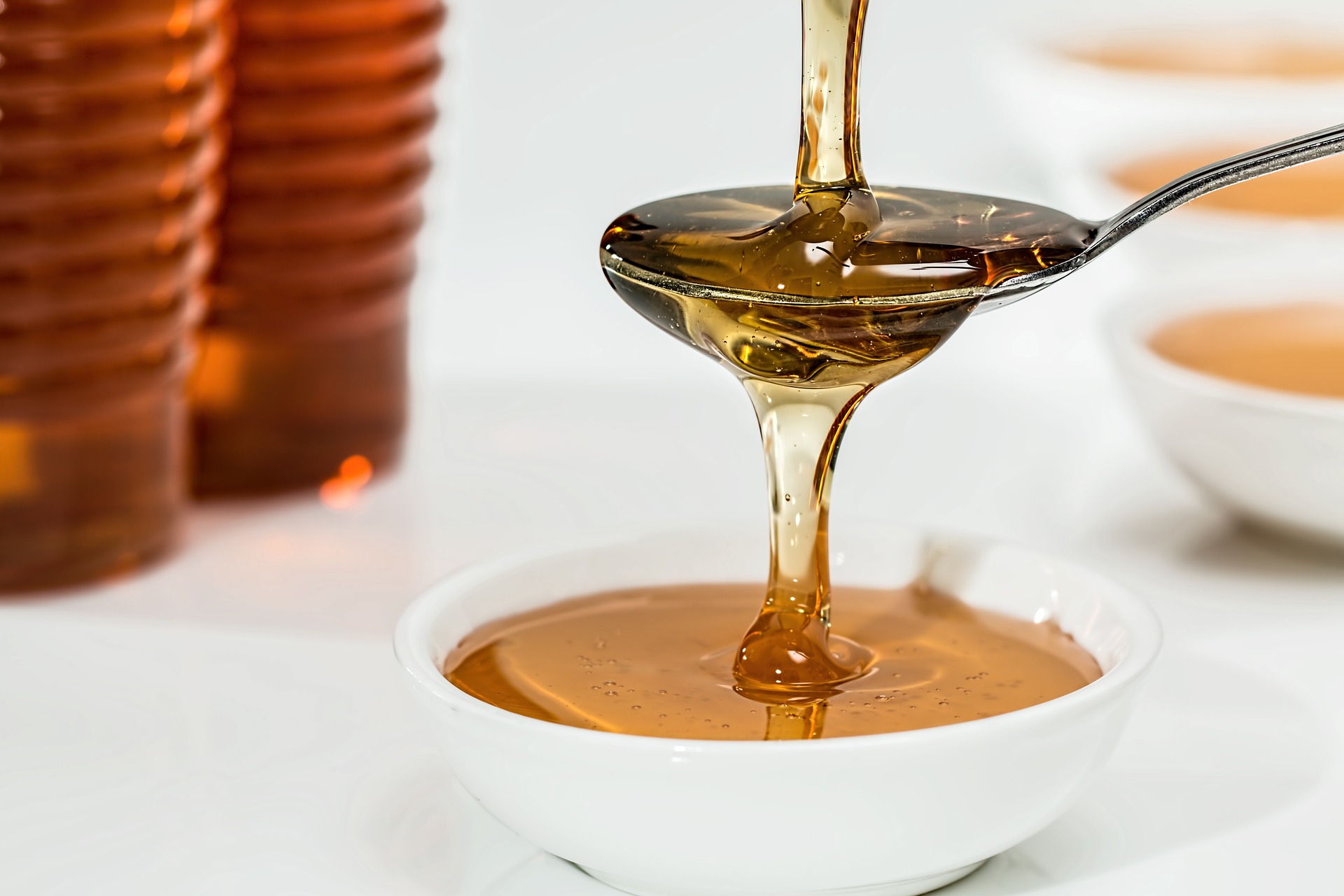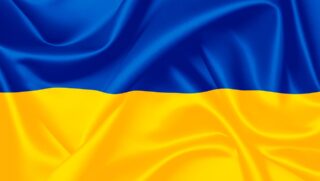Morocco, renowned for its agriculture and magnificent landscapes, is also a specialist in honey: in fact, it is characterized by the presence of two types of bees: the Apis mellifera intermissa (Maghreb bee) a dark bee, aggressive and prone to swarming and the Apis mellifera major (Moroccan bee), present in the mountains of the North-East. A recurrent problem for Moroccan beekeepers is drought and there is a lack of technical training among beekeepers, which leads to low productivity of beehives, which fails to meet internal demand and as a result also the selling prices are quite high.
In Morocco, the economy deriving from the world of beekeeping is widespread in many regions of the Kingdom and is of extreme importance, as families make daily use of it for food and medical preparations.
Throughout the territory there are more than 500,000 hives and it is estimated that about 110,000 workers are employed in this sector, including beekeepers (about 54,000) and operators of related. In Morocco, honey plants bloom all year round and are a significant potential. On average, in the last three years a traditional beehive has produced 3-5 kg of honey (while modern beehives can produce 10-15 kg). The annual production of honey varies between 2,500 and 3,800 tons per year, with a decreasing trend in the last five years.
The limited production of honey is increasing its import from abroad. Especially during the month of Ramadan, on average 1,300 tons of honey are imported mainly from China (45%), Spain (27%) and followed by India, Egypt, Argentina.
The price of this honey is about 30% lower than the one produced in Morocco, also often the labels do not guarantee the quality of the product and its traceability. In order to overcome the difficulties of production and marketing of honey, which result from a lack of modernisation of the bee sector, the Government of the Kingdom of Morocco, has launched a plan, “Plan Maroc Vert (PMV)”which aims to support Moroccan beekeepers by setting the target of producing 16,000 tonnes of honey by 2020.
Beekeepers and production
In Morocco there are about 35,000 beekeepers of which 26,000 use traditional beehives (about 300,000 units) and 9,000 rational beehives (about 85,000 units). The average production is about 15-20 kg per hive. In 2006, honey production in Morocco reached 35,000 tonnes and 300 tonnes of wax were produced (from traditional beehives). The most apistically developed region is that of Gharb which concentrates about 55% of beekeepers and 95% of modern beehives.
Honey in the Moroccan folk tradition
Honey is widely used in the preparation of desserts or as an ingredient in traditional dishes. In Morocco, pure honey is expensive and very difficult to find, this gives the possibility of adulteration. Color is very important for consumers, in fact in the popular belief, the darker the honey the purer it is.
Consumers are often wary of clear honeys as they are suspected of sophistication and immediately judged as sugar syrup. Regarding the hygiene and filtration of honey, the presence of wax pieces is a sign of purity. As well as being used in the preparation of sweets, especially associated with religious festivals (for example Ramadan) is included as an ingredient for traditional dishes. Moroccan cuisine often mixes in its recipes the sweet and the salty, you can find caramelized fruit, dried fruits such as plums, apricots, figs and quince apples that are then added to the meat in tajine or couscous.
The honeys of Morocco
- Eucalyptus: Morocco’s eucalyptus honey is a powerful antiseptic, recommended in the treatment of respiratory and urinary tract infections (Rabat and Kénitra).
- Citrus: citrus honey antioxidant and anti-inflammatory, is a very valuable source of energy (not only for athletes) and can be used as a cough sedative and to counter cold and flu symptoms (the region of Tadla Azilal, capital of Beni Mellal and the plain of the river Souss-Massa between Taroudant and Agadir)
- Thyme: the honey with an intense aroma and a pronounced flavor with remarkable therapeutic and medicinal virtues, is also an antiseptic and an exceptional natural healing agent, can be found between Agadir, Essaouira and Marrakech.
- Euphorbia: Euphorbia honey (daghmous) is much sought after for its medicinal action as a tonic and to treat sore throat (Tadla Azilal region, Souss-Massa region).
- Other honeys such as: jujube rosemary, lavender, carob, strawberry tree, mint.



